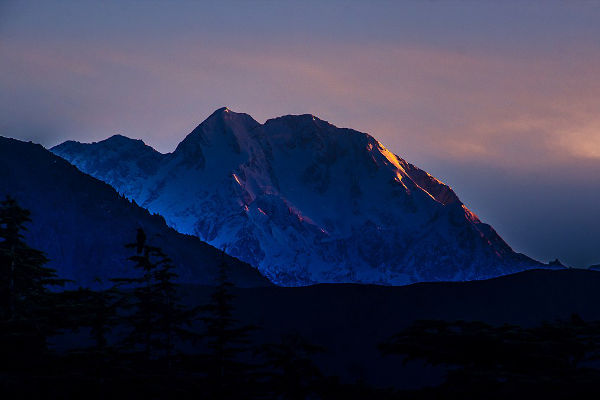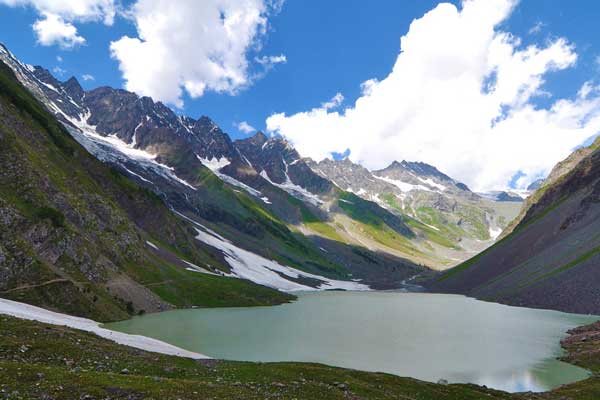The Hindu Kush, located in central Asia, is a formidable mountain range, home to many of the world’s highest peaks outside of the Himalaya and Karakoram ranges. This is a guide of the important facts about the range, including the most notable mountains and hikes.
Hindu Kush Overview
The highest point of the Hindu Kush is Tirich Mir, which reaches a staggering height of 7,780 m above sea-level.
With unique topography, wildlife and scenery, visiting and hiking in the Hindu Kush is truly a once in a lifetime experience.
Here are a few more stats to give you a better of just how impressive Hindu Kush really is:
- Width: 240km
- Length: 800km
- Area: 154,488 sq km
- Highest point: Tirich Mir at 7,780m
Hindu Kush Regions
The mountain range is separated into three sections: The western, eastern and central Hindu Kush.
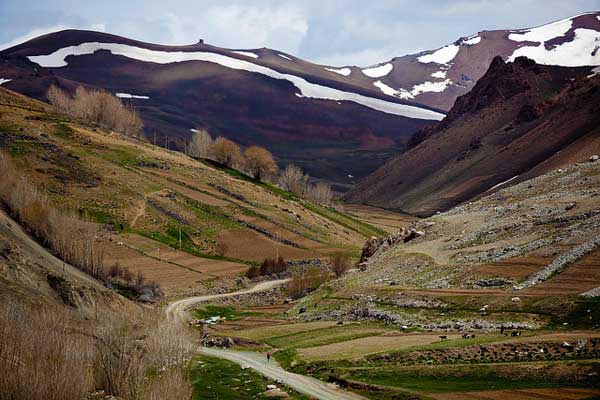
Photo by SASDC SASDC
Western Hindu Kush
Rises over 5,100m above sea-level and stretches between Darra-ye and the Shibar Pass in the west and the Khawak Pass in the east.
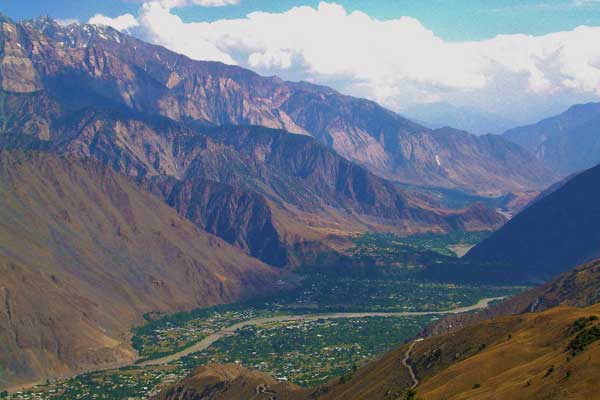
Photo by Saffy H
Central Hindu Kush
This section rises over 6,800m and has various spurs between the Khawak Pass in the east and the Durah Pass (Dorah) in the west.
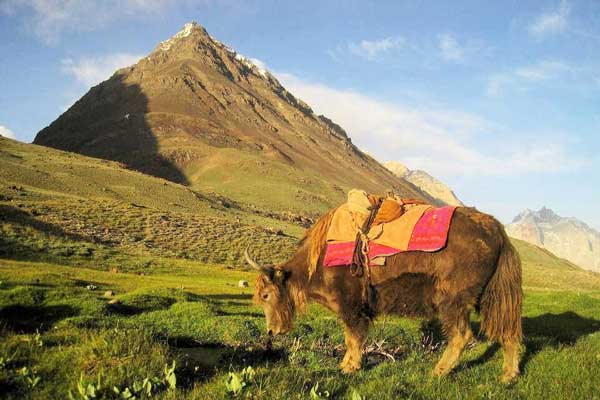
Eastern Hindu Kush
This section is the highest with peaks rising over 7,000m above sea-level. It extends from the Durah Pass to the Baroghil Pass at the border between northeastern Afghanistan and north Pakistan.
Notable Mountains in the Hindu Kush
The Hindu Kush range contains some of the world’s highest mountains outside of the Himalaya and Karakoram ranges. Most of its peaks are between 4,400m and 5,200m above sea-level with some much higher.
Here is a list of the most notable mountains in the Hindu Kush.
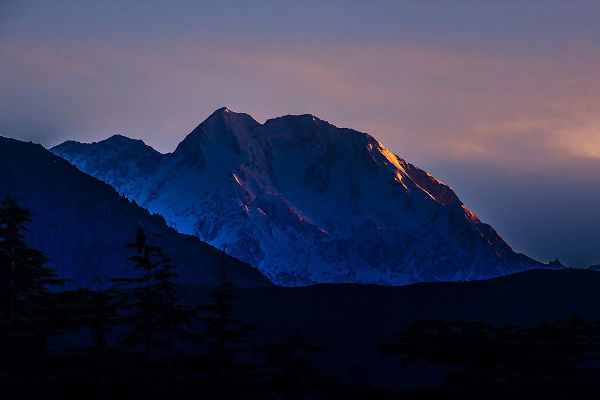
Tirich Mir
Tirich Mir, 7,708m above sea-level, is the highest mountain in the Hindu Kush and the highest in the world outside the Himalaya-Karakoram ranges.
It is located in the Chitral District of Pakistan and was first summitted in 1950.
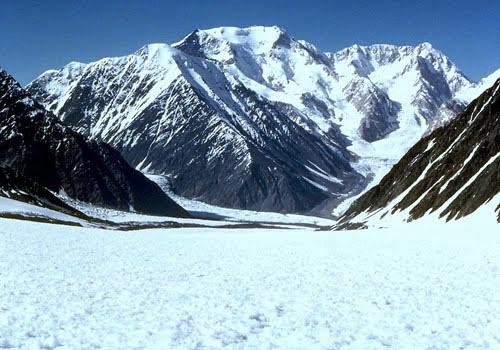
Photo by af.geoview.info
Noshaq
Noshaq or Noshak is the second highest mountain in the Hindu Kush and stands at 7,492m above sea-level. It lies on the border between Pakistan and Badakhshan Province in Afghanistan.
It is the highest point in Afghanistan and the world’s most western 7,000m massif. Noshaq was first climbed in 1973.
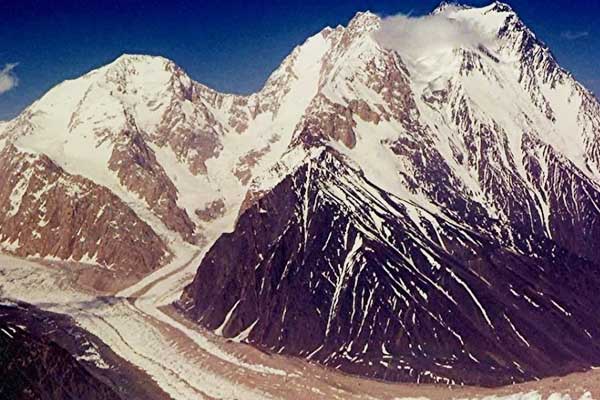
Photo by Caingram
Istor-O-Nal
Istor-O-Nal is the third highest mountain in the Hindu Kush and stands at an impressive 7,403m above sea-level. It is the 68th highest independent peak in the world and is located in the Chitral District in Pakistan, a few km northeast of Tirich Mir.
The first ascent was in 1955.
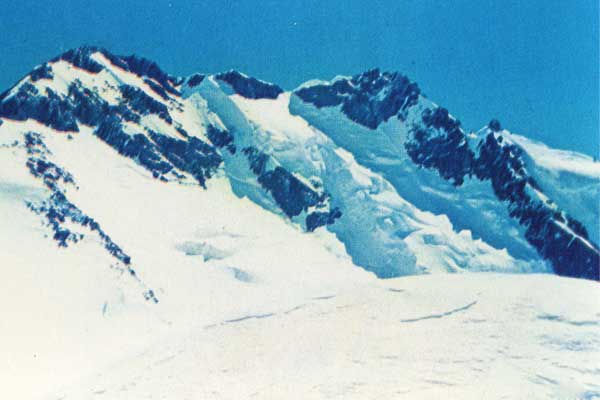
Saraghrar Peak
Saraghrar is the 4th highest mountain in the Hindu Kush and is 7,338m above sea-level.
It is located in Khyber Pakhtunkhwa and was first summited in 1959.
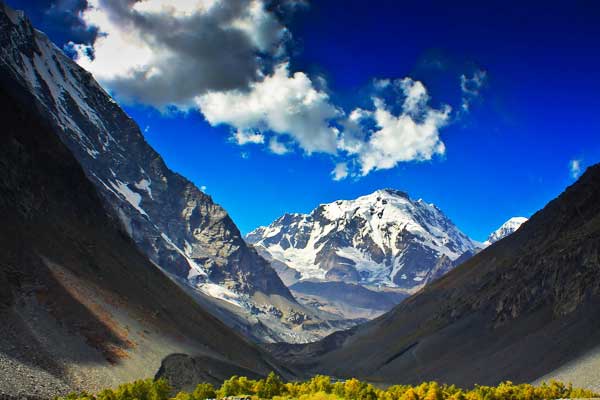
Photo by Imran Schah
Udren Zom
Udren Zom stands at 7,140m above sea-level, making it one of the highest peaks in the world outside of the Himalaya-Karakoram ranges.
It is in Khyber Pakhtunkhwa.
Notable Hikes in the Hindu Kush
Trekking through the Hindu Kush is an incredibly unique experience. The best time to trek here is in the summer months between June and September. You will be camping along your trek with nights spent in hotels before and after your trek.
There are many tour agencies conducting treks in the mountain range and it is recommended that you work with one of these agencies as treks can be quite challenging and technical and having an experienced guide is essential.
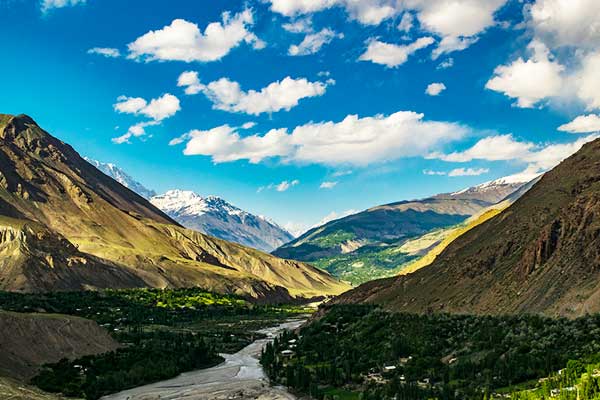
Tirich Mir Base Camp Trek
This demanding trek takes you right into the high Hindu Kush mountains to the base camp of Tirich Mir, known as Babu camp, situated at 4724m above sea-level.
Along the route, you will encounter impressive 7000 peaks such as Noshak, Istor-O-Nal and others.
The trek takes between 8 and 9 days and is demanding, so a good level of physical fitness it required.
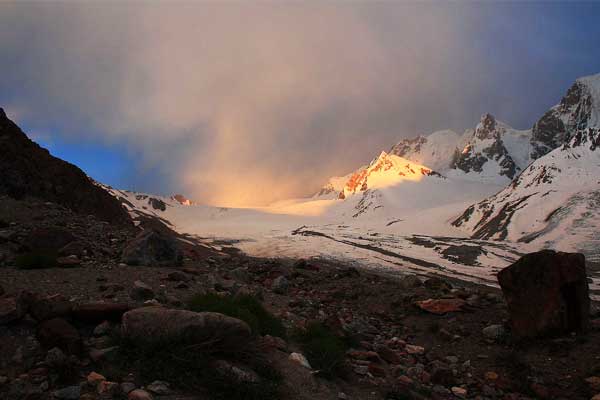
Darkot Pass Trek
The Darkot Pass Trek is a moderate to demanding trek and you can expect tobe walking for just under two weeks.
This is a magnificently unspoilt area and one of the classic treks from Chitral to Hunza. The trek takes you past Tirich Mir and the central Hindu Kush mountains.
You will start the trek walking through lush valleys and then move to a more rugged landscape and a glacier crossing before you take on the two high passes, Darkot Pass (4757m) and Atar Pass (4590m).
This trek promises the best mountain scenery and builds up nicely from Yarkhun Valley to acclimatize you.
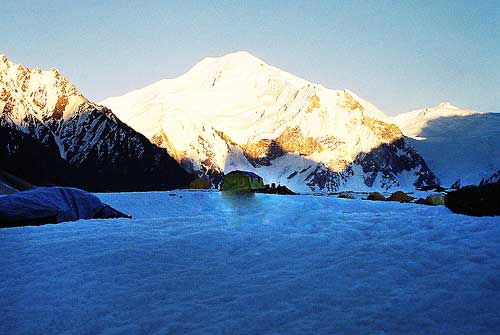
Ovir Pass
The short trek over Ovir Pass on the southern flanks of Tirich Mir, should take just less than a week to complete.
From the pass, you will have panoramic views of the mountains in either direction. The trek builds up through friendly villages, where you’ll have the option to do a shorter 4-day trek or a longer 6-day trek, depending on which side you start from.
Three Passes of Ishkomen Trek
The Three Passes of Ishkomen trek is classified as moderate to challenging, and you will spend around 15 nights camping and a few days in a hotel depending on which tour operator you go with.
The trek starts from the Asumbar Village of Ishkoman and takes you along some of the most beautiful and high passes.
You have the opportunity to meet unique tribes along your journey.
You will trek through historical villages, beautiful lakes and incredibly high mountains.
Hindu Kush FAQ
What does 'Hindu Kush' mean?
According to one translation, the name 'Hindu Kush' translates to 'Hindu-killer' as many Hindu slaves died while crossing the mountain on their way to Turkestan. Other meanings of the name include 'sparkling snows of India' and 'mountains of India'.
How long is the Hindu Kush mountain range?
The Hindu Kush mountains span a distance of about 500 miles (800 km). That's nearly double the length of the Grand Canyon!
Are the Hindu Kush part of the Himalayas?
Yes, the Hindu Kush form part of the westernmost portions of the Himalayas, Karakoram and Pamir Mountains.
References: Britannica, Wikipedia, Wikivoyage
Continue browsing...
See more information on India. Or check out these other Asian Mountain articles:


